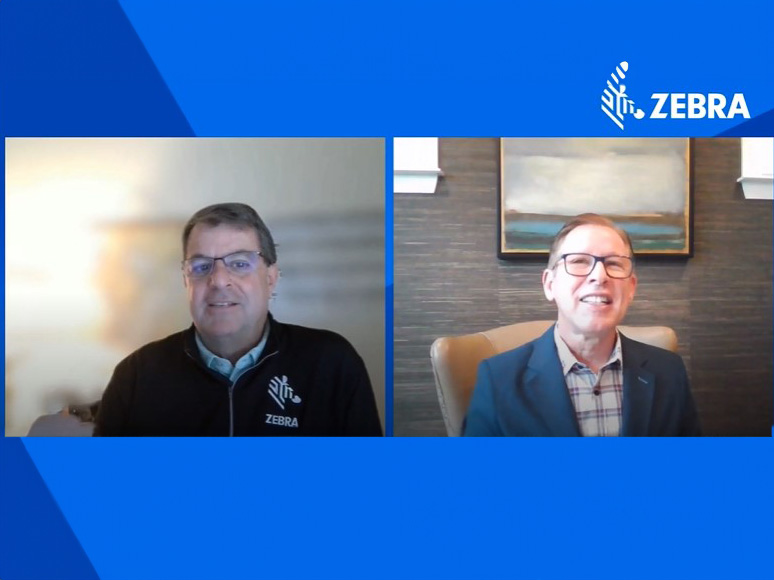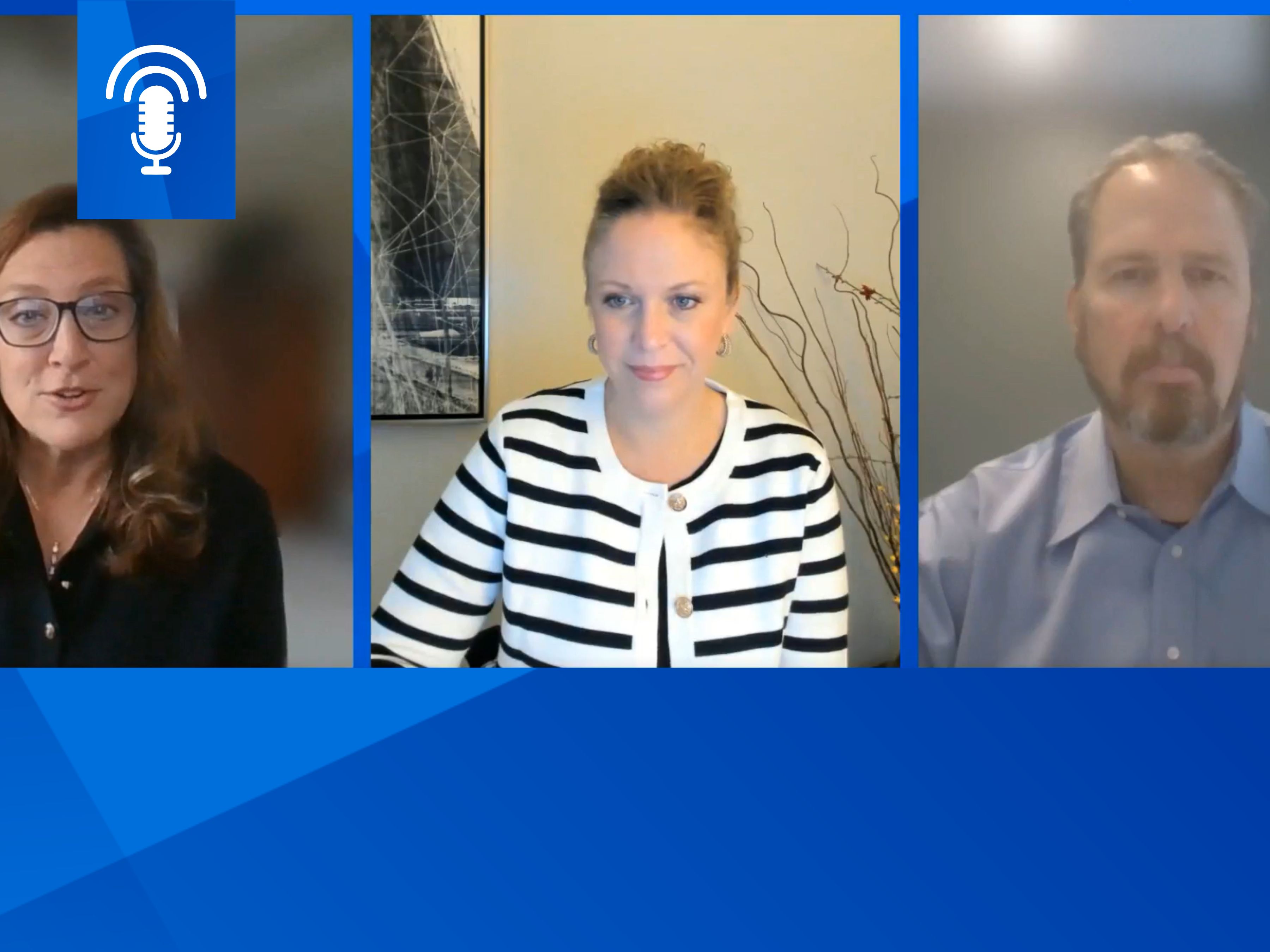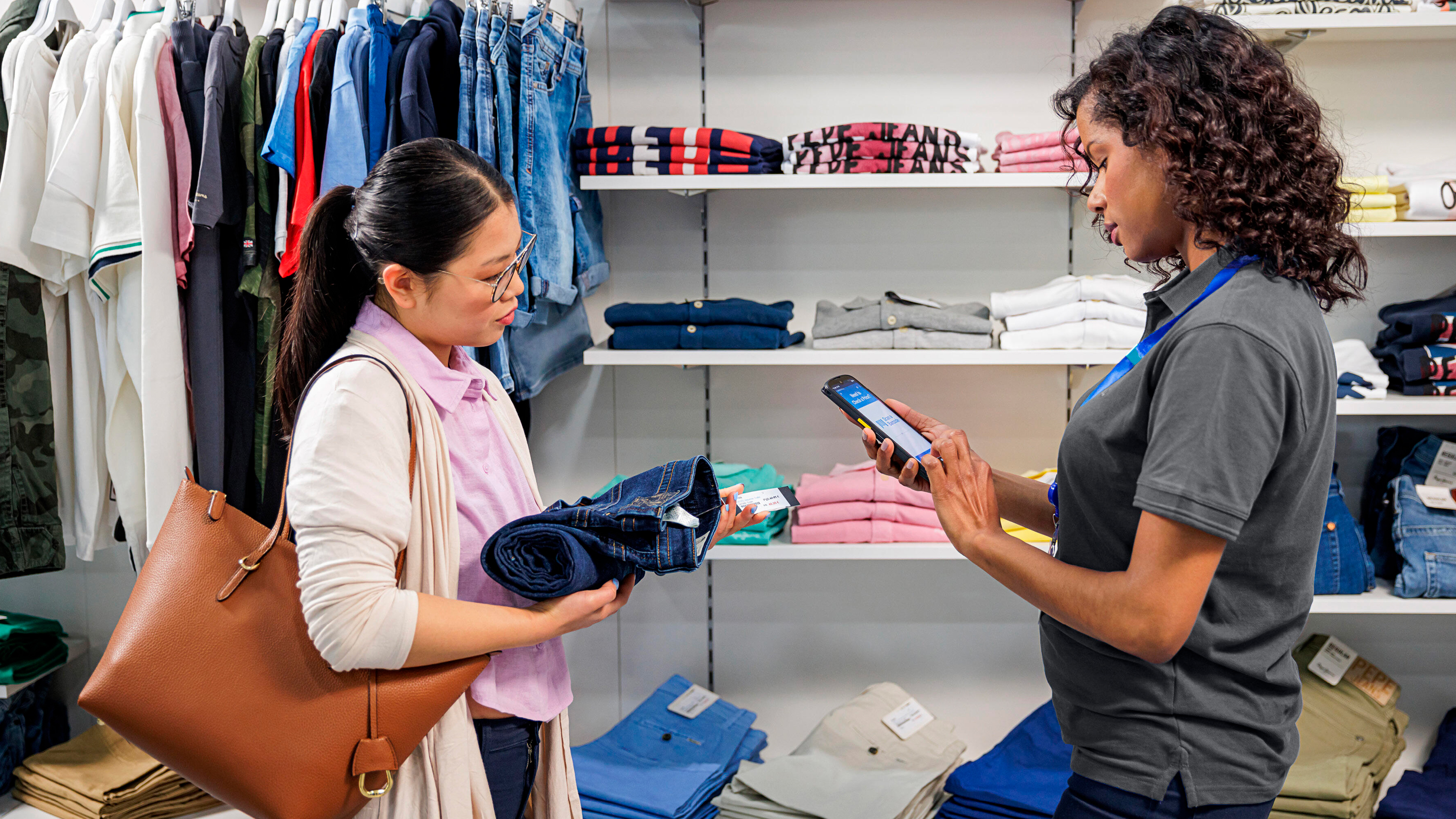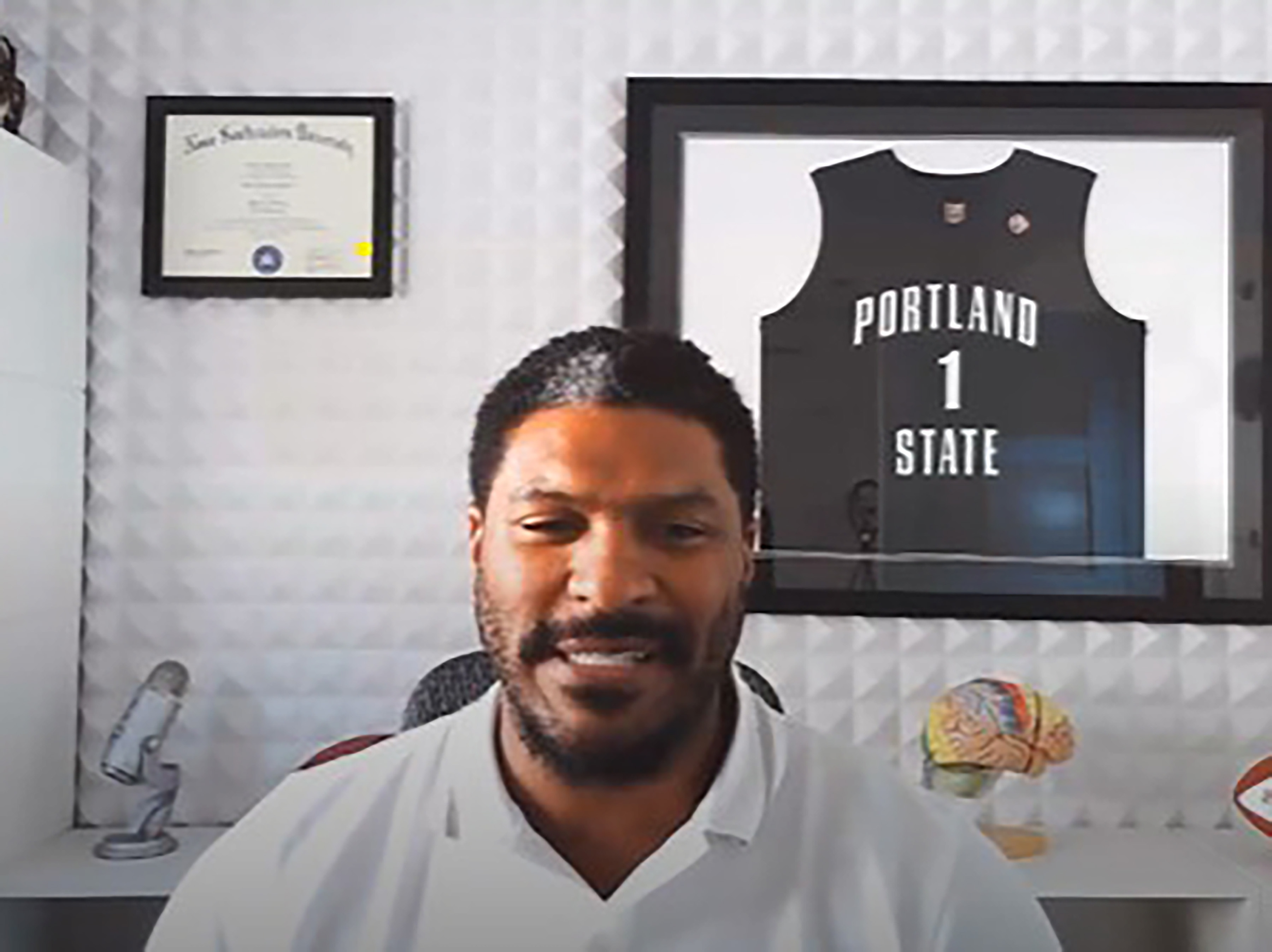Transform retail operations with Zebra’s retail technology solutions, featuring hardware and software for improving inventory management and empowering teams.
Streamline operations with Zebra’s healthcare technology solutions, featuring hardware and software to improve staff collaboration and optimise workflows.
Enhance processes with Zebra’s manufacturing technology solutions, featuring hardware and software for automation, data analysis, and factory connectivity.
Zebra’s transportation and logistics technology solutions feature hardware and software for enhancing route planning, visibility, and automating processes.
Technology is a key enabler in helping the Public Sector provide their frontline and back office workers automate business process and assets with a digital voice.
Zebra's hospitality technology solutions equip your hotel and restaurant staff to deliver superior customer and guest service through inventory tracking and more.
Zebra's market-leading solutions and products improve customer satisfaction with a lower cost per interaction by keeping service representatives connected with colleagues, customers, management and the tools they use to satisfy customers across the supply chain.
Empower your field workers with purpose-driven mobile technology solutions to help them capture and share critical data in any environment.
Zebra's range of mobile computers equip your workforce with the devices they need from handhelds and tablets to wearables and vehicle-mounted computers.
Zebra's desktop, mobile, industrial, and portable printers for barcode labels, receipts, RFID tags and cards give you smarter ways to track and manage assets.
Zebra's 1D and 2D corded and cordless barcode scanners anticipate any scanning challenge in a variety of environments, whether retail, healthcare, T&L or manufacturing.
Zebra's extensive range of RAIN RFID readers, antennas, and printers give you consistent and accurate tracking.
Choose Zebra's reliable barcode, RFID and card supplies carefully selected to ensure high performance, print quality, durability and readability.
Zebra's location technologies provide real-time tracking for your organisation to better manage and optimise your critical assets and create more efficient workflows.
Zebra's rugged tablets and 2-in-1 laptops are thin and lightweight, yet rugged to work wherever you do on familiar and easy-to-use Windows or Android OS.
With Zebra's family of fixed industrial scanners and machine vision technologies, you can tailor your solutions to your environment and applications.
Zebra’s line of kiosks can meet any self-service or digital signage need, from checking prices and stock on an in-aisle store kiosk to fully-featured kiosks that can be deployed on the wall, counter, desktop or floor in a retail store, hotel, airport check-in gate, physician’s office, local government office and more.
Discover Zebra’s range of accessories from chargers, communication cables to cases to help you customise your mobile device for optimal efficiency.
Zebra's environmental sensors monitor temperature-sensitive products, offering data insights on environmental conditions across industry applications.
Adapt to market shifts, enhance worker productivity and secure long-term growth with AMRs. Deploy, redeploy and optimize autonomous mobile robots with ease.
Enhance frontline operations with Zebra’s AI software solutions, which optimize workflows, streamline processes, and simplify tasks for improved business outcomes.
Zebra Workcloud, enterprise software solutions boost efficiency, cut costs, improve inventory management, simplify communication and optimize resources.
Keep labour costs low, your talent happy and your organisation compliant. Create an agile operation that can navigate unexpected schedule changes and customer demand to drive sales, satisfy customers and improve your bottom line.
Drive successful enterprise collaboration with prioritized task notifications and improved communication capabilities for easier team collaboration.
Get full visibility of your inventory and automatically pinpoint leaks across all channels.
Reduce uncertainty when you anticipate market volatility. Predict, plan and stay agile to align inventory with shifting demand.
Drive down costs while driving up employee, security, and network performance with software designed to enhance Zebra's wireless infrastructure and mobile solutions.
Explore Zebra’s printer software to integrate, manage and monitor printers easily, maximising IT resources and minimising down time.
Make the most of every stage of your scanning journey from deployment to optimisation. Zebra's barcode scanner software lets you keep devices current and adapt them to your business needs for a stronger ROI across the full lifecycle.
RFID development, demonstration and production software and utilities help you build and manage your RFID deployments more efficiently.
RFID development, demonstration and production software and utilities help you build and manage your RFID deployments more efficiently.
Zebra DNA is the industry’s broadest suite of enterprise software that delivers an ideal experience for all during the entire lifetime of every Zebra device.
Advance your digital transformation and execute your strategic plans with the help of the right location and tracking technology.
Boost warehouse and manufacturing operations with Symmetry, an AMR software for fleet management of Autonomous Mobile Robots and streamlined automation workflows.
The Zebra Aurora suite of machine vision software enables users to solve their track-and-trace, vision inspection and industrial automation needs.
Zebra Aurora Focus brings a new level of simplicity to controlling enterprise-wide manufacturing and logistics automation solutions. With this powerful interface, it’s easy to set up, deploy and run Zebra’s Fixed Industrial Scanners and Machine Vision Smart Cameras, eliminating the need for different tools and reducing training and deployment time.
Aurora Imaging Library™, formerly Matrox Imaging Library, machine-vision software development kit (SDK) has a deep collection of tools for image capture, processing, analysis, annotation, display, and archiving. Code-level customisation starts here.
Aurora Design Assistant™, formerly Matrox Design Assistant, integrated development environment (IDE) is a flowchart-based platform for building machine vision applications, with templates to speed up development and bring solutions online quicker.
Designed for experienced programmers proficient in vision applications, Aurora Vision Library provides the same sophisticated functionality as our Aurora Vision Studio software but presented in programming language.
Aurora Vision Studio, an image processing software for machine & computer vision engineers, allows quick creation, integration & monitoring of powerful OEM vision applications.
Adding innovative tech is critical to your success, but it can be complex and disruptive. Professional Services help you accelerate adoption, and maximise productivity without affecting your workflows, business processes and finances.
Zebra's Managed Service delivers worry-free device management to ensure ultimate uptime for your Zebra Mobile Computers and Printers via dedicated experts.
Find ways you can contact Zebra Technologies’ Support, including Email and Chat, ask a technical question or initiate a Repair Request.
Zebra's Circular Economy Program helps you manage today’s challenges and plan for tomorrow with smart solutions that are good for your budget and the environment.

Rack Room CIO Reveals How He Uncovered and (Started Extinguishing) Over Four Dozen Friction Points in Stores
Curious how he knew which friction point to focus on first (and next) as he started making the rounds in stores? This was his thinking and process...
Is friction friend or foe in retail?
Most would argue the latter. But after talking to Rack Room Shoes’ CIO Brian Minnix recently, I’m not so sure.
Think about it: What motivates us to modernize our stores more than friction (or the cost of friction)?
Not much, right?
We talk a lot about friction. More specifically, we think and talk about ways to reduce friction. And every time we eliminate a friction point, we make it easier for our colleagues to do their jobs so they can, in turn, make it easier for people to shop with us and get what they need. Friction is the smoke signal that shows us where to strategically commit resources.
So, typically, friction isn’t as bad as we paint it out to be – if we act fast when it’s found.
Therein lies the problem.
What do you do when you receive 49 smoke signals at once?
Which one do you respond to first?
I’ll let Brian tell you how he ultimately pooled technology and operations team resources and prioritized their response…
I loved everything he shared, but these are the seven things that stood out most:
1. Brian’s a technology guy, not an operations guy. So, why was he charged with figuring out what needed to be fixed operationally? Well, most friction found in retail these days can only be eradicated with technology’s help. Brian, as a tech guy, was going to be the one who could best advise on what it would take to squash the problems as they surfaced.
2. In Zebra’s latest Annual Global Shopper Study, over 80% of associates and decision-makers agreed that, “My store needs more associates available to help take care of customers.” But what if you don’t need more associates? What if you simply need your associates to be more out front, more visible, more available? Brian and his team realized that floor associates were spending way too much time in the backroom. They weren’t doing anything wrong – only their jobs. It’s just that their jobs, as previously structured, sent them running to the backroom for almost everything. That’s where the computers were to check or order inventory. It’s where the printers were to generate new signs. It’s where they had to go to pull BOPIS order details, pick and pack orders, and communicate on order status. Nothing could be done on the floor except for sales, but even then, many customer questions couldn’t be answered without a trip to the backroom. So, the minute Rack Room gave associates mobile devices, the minute that printers were available on carts or attached to associates’ belts, “more associates” were suddenly available to help take care of customers.
The point is that you may not always need more people. You may simply need to rethink what it takes for your people to do their jobs today. Spend time shadowing them or doing the job. Then you’ll understand.
3. Speaking of more people: the more people you bring into the project from the start, the more likely you’ll be greeted by a cheering crowd when you reach the finish line. You’ll also have more support along the way, picking you up if you start to stumble. That’s because storewide modernization is a companywide initiative. Everyone needs to be bought in.
However, if you really want people to cheer you on, be open and honest about what you’re doing and why. Transparency can ward off resistors, as people are more apt to get on board with proposed changes once they understand the reason for them.
So, ask the people who will (or should) benefit from the changes if they agree with your proposed solution. I’m talking about your store teams or other frontline workers, in most cases, not just your IT teams, board, shareholders, or customers. I know this isn’t always standard practice, but it should be. Brian and his team proved why.
The only reason you’re reducing friction is because your frontline teams sent the smoke signal. They’re the ones you’re saving. So, they’ll best know whether your rescue mission was successful or not.
Get specific in your questions, too. Don’t just tell them, “We’re thinking about giving you mobile devices so you don’t have to run to the computer in the back for everything. Sound good?”
The conversation should go more like this: “These are the mobile devices we think are best. Do you agree? Okay great. Now this is the software we want to load on there, and this is what the user experience would be. Seem like it will be helpful to you? Anything we’re missing? Anything we should adjust?”
4. Pilot, iterate, repeat. Conduct pilot programs in a controlled real-world environment to see if your envisioned approach will work the way you believe it will. Use what you learn and the feedback from the store teams from these pilots to make necessary adjustments before full-scale implementation. Brian found that this helps to reduce the friction usually caused by changes.
Just be sure to continuously collect feedback and iterate, even after the full implementation appears complete on paper. There shouldn’t be a pause in improvement efforts. Needs change.
5. Don’t be too short-sighted when you’re modernizing any aspect of your operations. Brian and his team were certainly looking at how they could address immediate problems. But every decision they made was influenced by what they felt the retail experience should look like in four or five years from now. In fact, they stopped their upgrade path and decided to reimplement their software and systems enterprise wide instead.
Had they just opted for a renovation versus a remodel, they would have found themselves encountering a whole different type of (costly) friction in the coming months and years. Such a smart move on their part. Well worth the money and the little bit longer timeline to project completion.
6. Make sure the hardware and software updates you make are part of an integrated strategy and not piecemeal – and recognize there’s a difference between incremental and piecemeal. When you have a solid, holistic implementation strategy in place, you can incrementally execute. When you don’t, you end up piecemealing in a disjointed way. The latter is not cheaper or more effective. Brian and his team understood this, and it continues to pay off every day. (Remember what he said about being able to more easily solve the scheduling challenge with the Workforce Management tool? Or being able to more easily bring inventory take in house?)
7. “When you pick true partners to try to work on solutions together, that’s when you really get some traction and make a difference.” Brian said this, and he’s right. Picking the right partners is not just about the compatibility of their technology. Yes, “having things integrate and work together is a big deal” in a technology context, as Brian noted. But what was key to Rack Room’s success was this:
“We had a great partner that we felt very comfortable with and knew would be there with us throughout this.”
So, bring in the right people and all the pieces will come together when you need to figure out how to respond to 49 alarm bells all at once.
###
Learn more about some of the tools the Rack Room team used to remove friction in its stores here.
Zebra Developer Blog
Zebra Developer Blog
Are you a Zebra Developer? Find more technical discussions on our Developer Portal blog.
Zebra Story Hub
Zebra Story Hub
Looking for more expert insights? Visit the Zebra Story Hub for more interviews, news, and industry trend analysis.
Search the Blog
Search the Blog
Use the below link to search all of our blog posts.
Most Recent
Legal Terms of Use Privacy Policy Supply Chain Transparency
ZEBRA and the stylized Zebra head are trademarks of Zebra Technologies Corp., registered in many jurisdictions worldwide. All other trademarks are the property of their respective owners. ©2025 Zebra Technologies Corp. and/or its affiliates.






